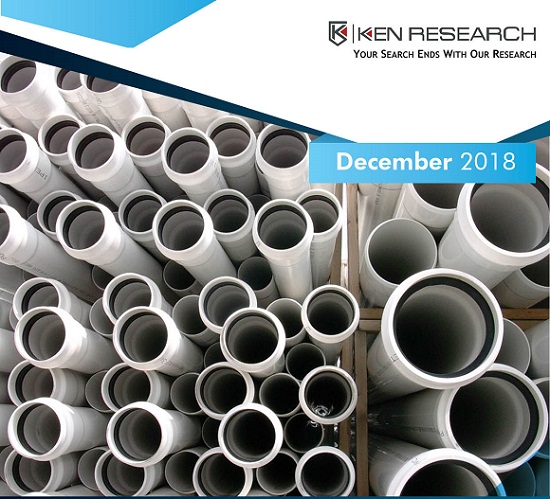The machinery and parts market is a vital sector that plays a crucial role in industrial growth and technological advancement. This executive summary provides a comprehensive overview of the current market landscape, trends, and opportunities within the machinery and parts industry.
Market Size and Growth
The global Machinery and Parts Market was valued at $1.6 trillion in 2023 and is projected to reach $2.1 trillion by 2028, with a CAGR of 5.8% during the forecast period. This growth is attributed to several factors, including the increasing demand for automation, infrastructure development, and technological advancements in manufacturing processes.
Within the machinery and parts market, the industrial machinery segment accounted for the largest share, with a market size of $870 billion in 2023. This segment includes machinery used in various industries, such as food processing, textiles, and packaging. The market for construction machinery is also on the rise, with a projected CAGR of 7% from 2023 to 2028. This growth is driven by the increasing demand for construction equipment in emerging markets, such as India and China.
Key Players and Competitive Landscape
The machinery and parts market is characterized by a diverse range of players, including multinational corporations and regional manufacturers. Key players such as Caterpillar Inc., Komatsu Ltd., Hitachi Construction Machinery Co., Ltd., and John Deere are prominent in the global market. These companies have a strong market presence and invest heavily in research and development to maintain their competitive edge.
The top five players in the machinery and parts market accounted for approximately 30% of the market share in 2023. However, the market is highly fragmented, with a large number of small and medium-sized enterprises (SMEs) operating in regional markets. This fragmentation presents opportunities for new entrants and smaller players to carve out a niche in the market.
Consumer Behavior and Trends
Consumer behavior in the machinery and parts market is influenced by factors such as technological advancements, sustainability concerns, and the need for efficiency. According to a survey, 68% of industrial buyers prioritize energy-efficient machinery, while 52% are willing to pay a premium for environmentally friendly products. This trend underscores the growing importance of sustainability in the purchasing decisions of industrial consumers. Moreover, the increasing adoption of digital technologies, such as the Internet of Things (IoT) and artificial intelligence (AI), is transforming the machinery and parts market. According to a report, the global market for industrial IoT is expected to reach $110.6 billion by 2026, with a CAGR of 25.4% from 2021 to 2026. This trend is driving the demand for smart machinery and parts that can be integrated with digital platforms to enhance productivity and efficiency.
Market Opportunities
The machinery and parts market offers several opportunities for growth and innovation:
- Emerging Markets: The Asia-Pacific region is a key growth market for machinery and parts, with countries like China and India driving demand for construction and industrial machinery. According to a report, the construction machinery market in India is expected to grow at a CAGR of 6.5% from 2021 to 2026.
- Smart Manufacturing: The adoption of smart manufacturing technologies, such as IoT and automation, presents opportunities for companies to enhance productivity and efficiency in their operations. According to a report, the global smart manufacturing market is expected to reach $447.1 billion by 2026, with a CAGR of 12.2% from 2021 to 2026.
- Aftermarket Services: The aftermarket services segment, including maintenance, repair, and spare parts, is a lucrative opportunity for companies to build long-term relationships with customers and drive additional revenue. According to a report, the global market for aftermarket services in the machinery and parts industry is expected to reach $2.1 trillion by 2027, with a CAGR of 4.5% from 2020 to 2027.
- Electric and Autonomous Machinery: The growing demand for electric and autonomous machinery, driven by the need for sustainability and efficiency, presents opportunities for companies to develop innovative solutions. According to a report, the global market for electric construction machinery is expected to grow at a CAGR of 12.2% from 2021 to 2028.
Challenges and Risks
The Machinery and Parts Market also faces several challenges and risks, including:
- Supply Chain Disruptions: The COVID-19 pandemic has highlighted the vulnerability of global supply chains, with lockdowns and travel restrictions impacting the production and delivery of machinery and parts.
- Regulatory Compliance: Companies operating in the machinery and parts market must comply with various regulations related to safety, environmental sustainability, and trade.
- Technological Disruptions: The rapid pace of technological change, including the adoption of digital technologies and automation, can disrupt traditional business models and create new competitive threats.
Conclusion
In conclusion, the machinery and parts market is poised for significant growth, driven by technological advancements, sustainability initiatives, and increasing demand from emerging markets. By leveraging market opportunities, focusing on innovation, and understanding consumer preferences, businesses can position themselves for success in this dynamic and competitive industry. Staying abreast of market trends, investing in R&D, and embracing digital transformation will be key strategies for companies looking to thrive in the evolving machinery and parts market. However, companies must also be mindful of the challenges and risks associated with this market, including supply chain disruptions, regulatory compliance, and technological disruptions. By addressing these challenges and risks, companies can build a sustainable and profitable future in the machinery and parts industry.

